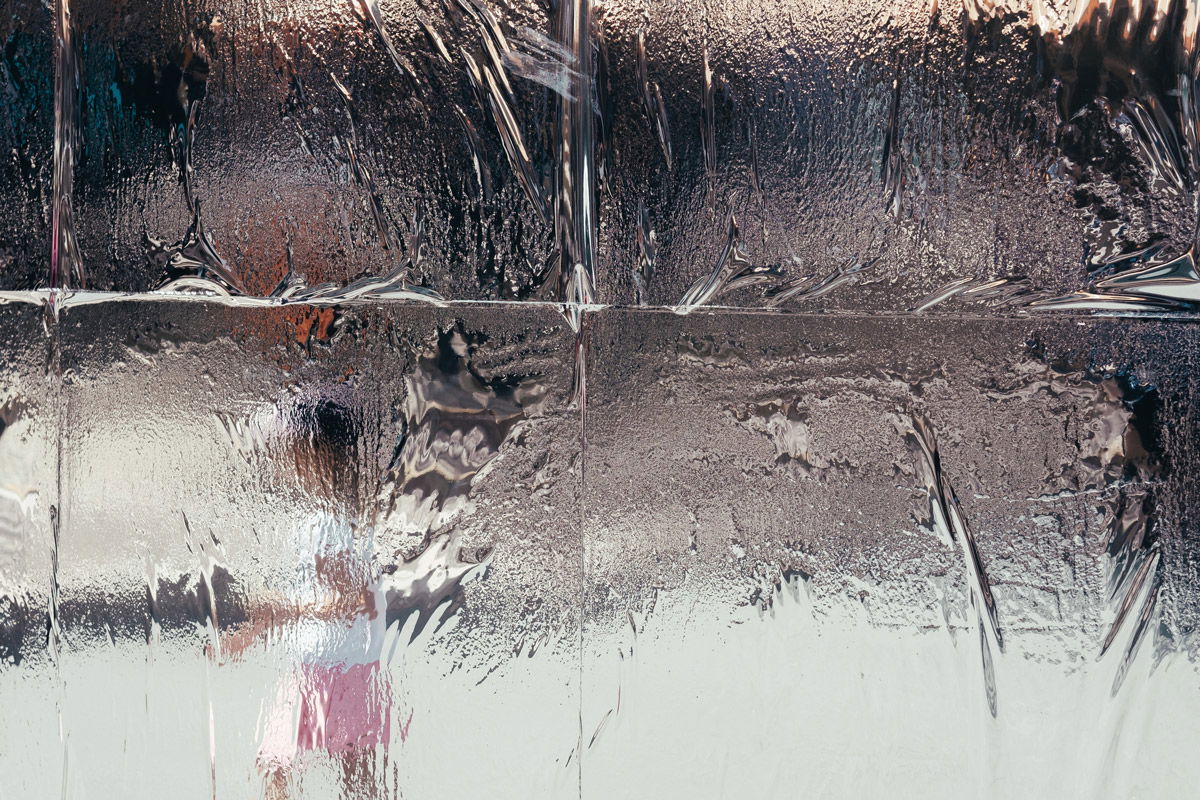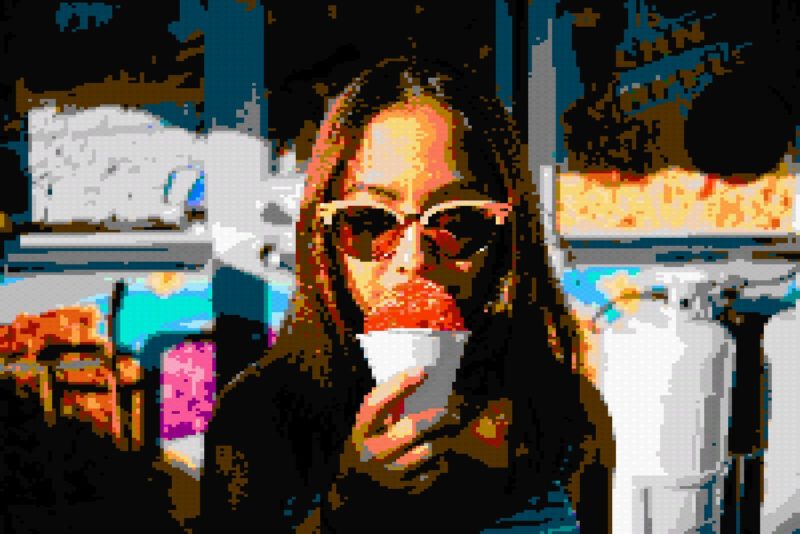Although abstract photos are, well, abstract, the principles can be applied to more concrete photography niches. Urban photography, or landscapes can all offer opportunities to find abstract beauty.
We invest a lot of energy in making our photos clear and easy to understand. So it can seem strange to consider making them abstract and even confusing. But making our viewers think hard as they look for meaning can bring a whole new depth to our work. And sometimes a photo is beautiful in itself, without having to be anything.
Abstract photography takes the idea of “painting with light” quite literally. It creates light pictures that are different from almost every other photography genre.
Like abstract painting or sculpture, the aim isn’t to reproduce accurate representations of things we see. Instead, beauty and meaning are the aim. It is both liberating and challenging. The good news is you don’t need much more than a basic camera or phone and your own creativity and imagination.
Armed with your camera, it is time to get out there and try some abstract photography. We’ve put together a bunch of ideas for you to try.
Soap bubble photography is a fun and creative way to capture stunning images. To get started, mix a few drops of glycerin with liquid soap and water to create a longer-lasting bubble solution. Set up a simple desktop studio with a black background, tripod, and light source.
Use a macro lens or telephoto lens to get close-up shots of the bubbles. Stabilize your camera on a tripod and use a remote or self-timer to avoid camera shake. Use a small aperture between f/11 and f/16 for a deep depth of field, and adjust your shutter speed and ISO based on your lighting.
Experiment with different lighting angles to create shadows and dimension in your images. Use Burst mode to capture multiple shots as the bubbles form and pop. With patience and practice, you can create endlessly surprising results.
Our detailed guide to bubble photography will tell you everything you need to know about this fun idea.
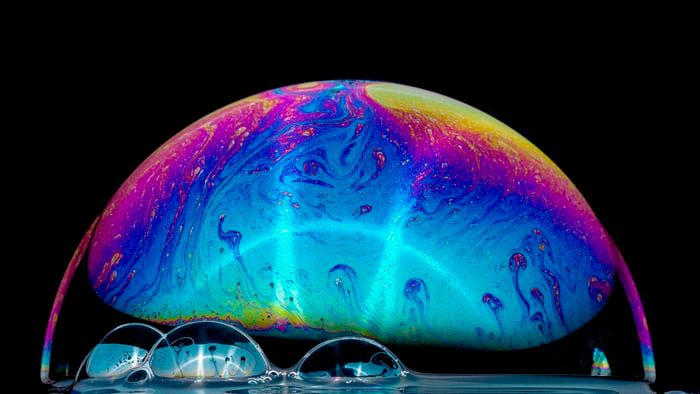
Crystal ball photography is a creative way to capture unique perspectives in your images. To get started, you’ll need a crystal ball, camera, wide-angle lens, and tripod. A crystal ball holder or bottle top can help keep the ball still.
When choosing a subject, make sure it fills the frame with a wide-angle lens. Landscapes, architecture, and portraits all work well. For the best composition, find a natural divot or elevated surface to place the ball.
Pay attention to the background to enhance your crystal ball photography. Use leading lines or blur the background with a large aperture. With the right lighting and aperture settings, you can create stunning images.
Crystal ball photography is a fun way to add creativity to your work, and our full-length article has everything you need to know about it.
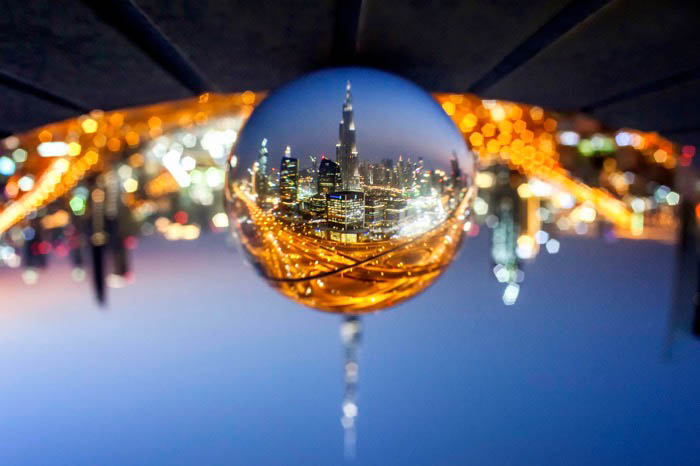
Fractal photography is a unique way to create stunning images using special filters. These filters are made of glass and use refraction to bend light in interesting ways. Each filter has a different cut that produces effects like kaleidoscopes, double exposures, and rainbows.
To use a fractal filter, hold it in front of your camera lens and experiment with different angles. Focus on the subject within the filter, not the background. A kit lens or macro lens with a focal length between 40 and 100mm and an aperture around f/4.
Fractal filters aren’t the only way to use refraction creatively. You can also try using a regular prism, a lensball, or even glass objects like wine glasses as a lens. With some experimentation, you can create unique and eye-catching photos.
If you’d like to learn more about fractal photography, check out our full-length article.

Even though you can get great abstract photography photos without specialist equipment, there are some bits of gear that can take your work to a new level.
Fisheye lenses are unique tools that produce extreme wide-angle images with distortions that curve straight lines. They have a 180-degree field of view, creating a hemispherical perspective.
Fisheye lenses are great for capturing wide panoramic views of landscapes and the night sky. They’re also useful for emphasizing the height of buildings and monuments in urban environments. When photographing people or animals up close, fisheye lenses can create funny, exaggerated proportions.
One drawback of fisheye lenses is the inability to use standard filters due to the bulging front element. However, you can learn more about fisheye lens photography and techniques to work around this limitation.
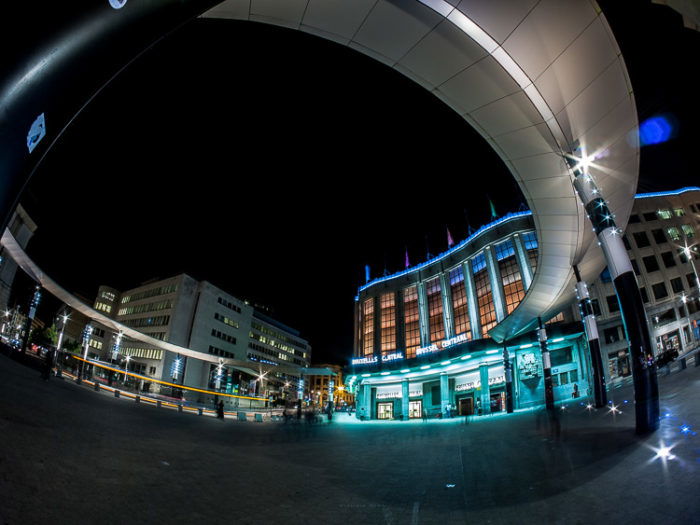
Freelensing is a technique that involves detaching the lens from the camera mount to create a tilt-shift effect. This alters the plane of focus, allowing you to blur specific areas regardless of their position in the frame.
To freelens, use an interchangeable lens camera and a lens with a manual aperture ring. Twist and slightly detach the lens from the mount, then tilt it to change the focus area. Use manual settings and focus before detaching the lens.
Freelensing can introduce light leaks and dust spots on the sensor, so be careful when using this technique. If you want to learn more about freelensing, we have a detailed guide that covers everything you need to know.
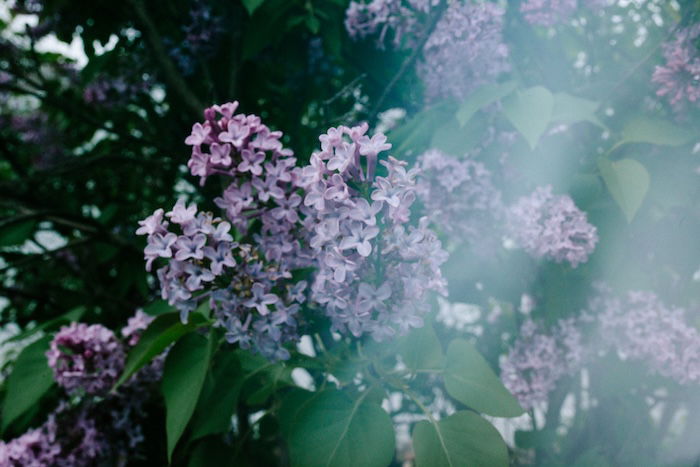
Projector photography involves projecting images onto subjects or objects for creative effects. To get started, you’ll need a projector with at least 3,500 lumens brightness and a small size for easy placement.
When choosing photos to project, look for images with negative space to place your subject. Patterns and open landscapes work well. Set up the projector in a dark room, adjust the focus and keystone, then connect your computer via HDMI.
Use a wide aperture, high ISO, and shutter speeds between 1/60th to 1/100th second for proper exposure. Stand behind the projector or at an angle to avoid casting shadows. Experiment with long exposures, unique backdrops, and editing for vivid colors.
Our full-length article has everything you need to know about projector photography.

Slow-sync flash is a creative technique for capturing photos in low light. It involves using a slower shutter speed while firing your flash, allowing you to freeze motion while also capturing ambient light trails.
To use slow-sync flash, set your camera to a slower shutter speed, like 1/8th of a second. Then, choose either first-curtain sync (flash fires at the beginning of the exposure) or second-curtain sync (flash fires at the end). First-curtain sync can make light trails appear in front of your subject, while second-curtain sync will place them behind.
Experiment with different shutter speeds and flash timing to create unique effects. You can also try moving your camera during the exposure for abstract light trails. Slow-sync flash takes some practice, but it’s a fun way to get creative with flash photography.
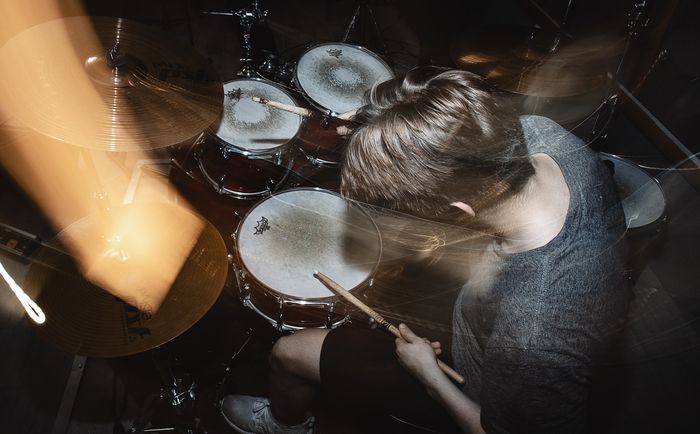
The beauty of abstract photography is that you can introduce elements of it into more conventional images. Continue reading for ideas on how to do exactly this.
Lens flare photography is a technique that captures the unique effect of light hitting the lens directly. This creates reflections inside the lens, resulting in distinct orbs or polygonal shapes in the image. The size and appearance of the flare depend on the angle of the light and the number of aperture blades in the lens.
To achieve lens flare, shoot directly into the sun during sunrise or sunset when the light is less harsh. Angle your lens so the sun is 35 to 75 degrees behind your subject for the best effect. You can also create flare indoors using artificial light sources like a flash.
Experiment with different aperture settings to change the look of the flare. A wide aperture will produce smooth, circular orbs, while a narrow aperture will result in smaller, more defined shapes. If you want to learn more about lens flare photography, check out our full-length article.
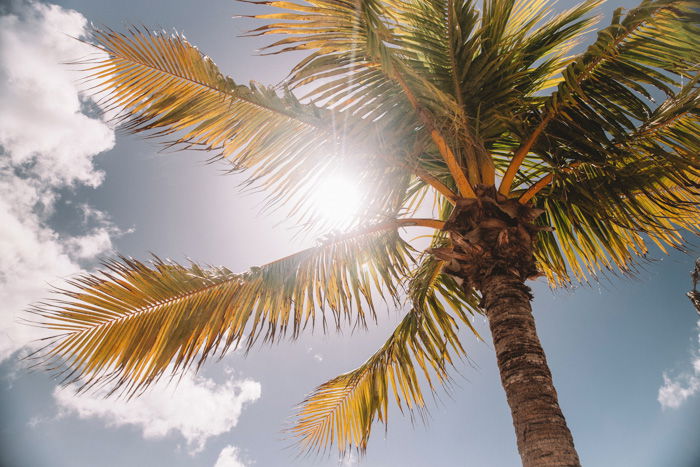
Photoelasticity is a fun and easy photography project that can boost your creativity. All you need are some clear plastic objects, a polarizing filter, and a source of polarized light like an LCD screen.
To set it up, place the plastic object on your screen and photograph it with the polarizing filter. Any camera will work, even a smartphone. Focus manually and use the widest aperture for a shallow depth of field to blur the screen pixels.
Experiment with different clear plastic objects like glasses, straws, cutlery, and food packaging to find interesting stress patterns. Combine objects and use photoelasticity creatively, like making a composite image or capturing unique shapes.
Check out our full-length article for everything you need to know about photoelasticity.
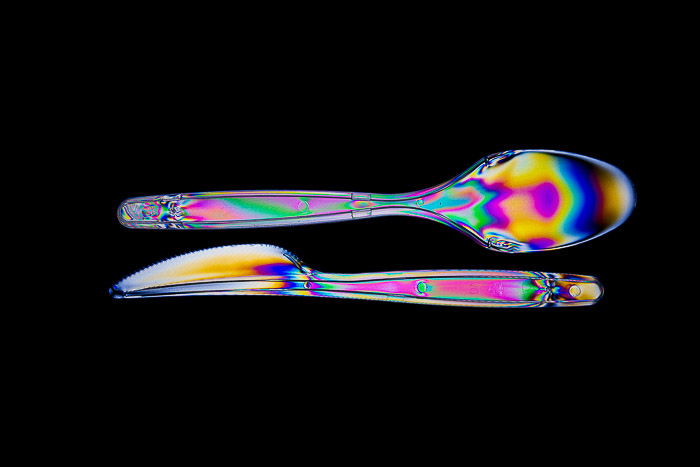
Visual metaphors are a powerful way to add depth and meaning to your photos. By using everyday objects to represent ideas and emotions, you can create images that resonate with viewers on a deeper level.
One simple way to create a visual metaphor is by using symmetry to convey a sense of peace or balance. Natural reflections and symmetrical backgrounds are great for this. Props like paper butterflies or confetti can symbolize freedom and joy, while mirrors can represent self-reflection.
Elements of nature, like flowers, often suggest growth and spirituality in an image. Stairs can metaphorically represent a challenging or hopeful journey, depending on the subject’s placement and direction.
Merging two contrasting photos, such as a silhouette with a landscape, can also make a striking visual metaphor. With a little creativity, you can find metaphorical potential in the ordinary objects around you.
To learn more about using metaphor in photography, check out our in-depth article.

Although abstract photos are, well, abstract, the principles can be applied to more concrete photography niches. Urban photography or landscapes can all offer opportunities to find abstract beauty.
Minimalist photography is about capturing simple yet compelling images. Use negative space to emphasize your subject and create a sense of simplicity. Clean lines and shapes can also make bold statements while maintaining a minimalist aesthetic.
Symmetry is another powerful tool in minimalist photography. Placing your subject in the center of the frame along a dividing line can create harmony and balance. Patterns and textures can also become subjects themselves when used as frame-filling elements or repeating patterns.
Color contrast and complementary colors are key to making your minimalist photos stand out. Black-and-white photography is also incredibly effective for stripping an image down to its bare essentials.
With minimalist photography, you can tell a story using just a few elements. Studying minimalism in other art forms can help deepen your understanding of the style. Minimalist photography is a growing trend that offers a refreshing escape from the clutter of modern life.
Our full-length article on minimalist photography has everything you need to know.
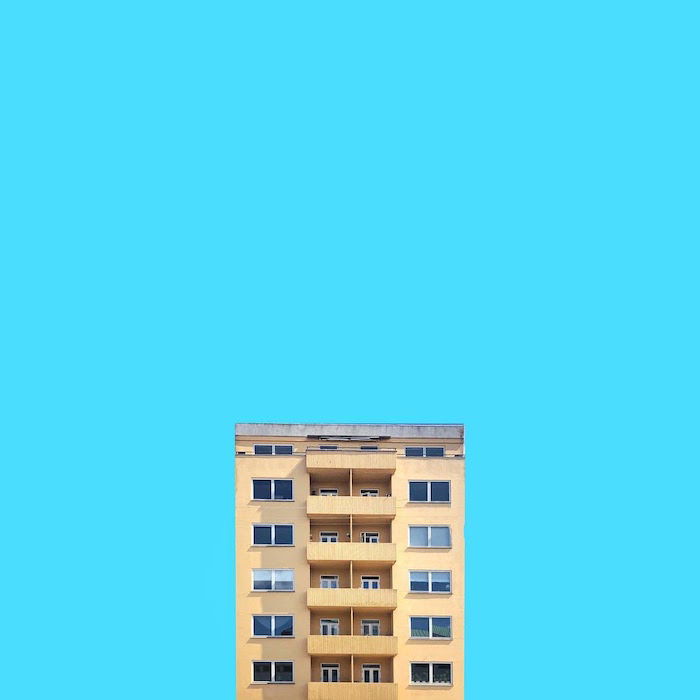
Abstract landscape photography pushes the boundaries of traditional landscape photography. It involves capturing the environment in a way that emphasizes shapes, textures, colors, and patterns. This can create images that are visually intriguing and sometimes disorienting.
There are many techniques you can use to create abstract landscape photos. Try an aerial perspective with a drone to flatten the environment into a 2D canvas. Use camera movement during a long exposure to add a sense of energy and physicality to the image.
Converting to black and white can also be effective, as it removes distractions and allows the interplay of light and shadow to take center stage. Experimenting with shallow depth of field, minimalist composition, and photographing through glass can also yield interesting abstract results.
Check out our full-length article to learn more about abstract landscape photography.
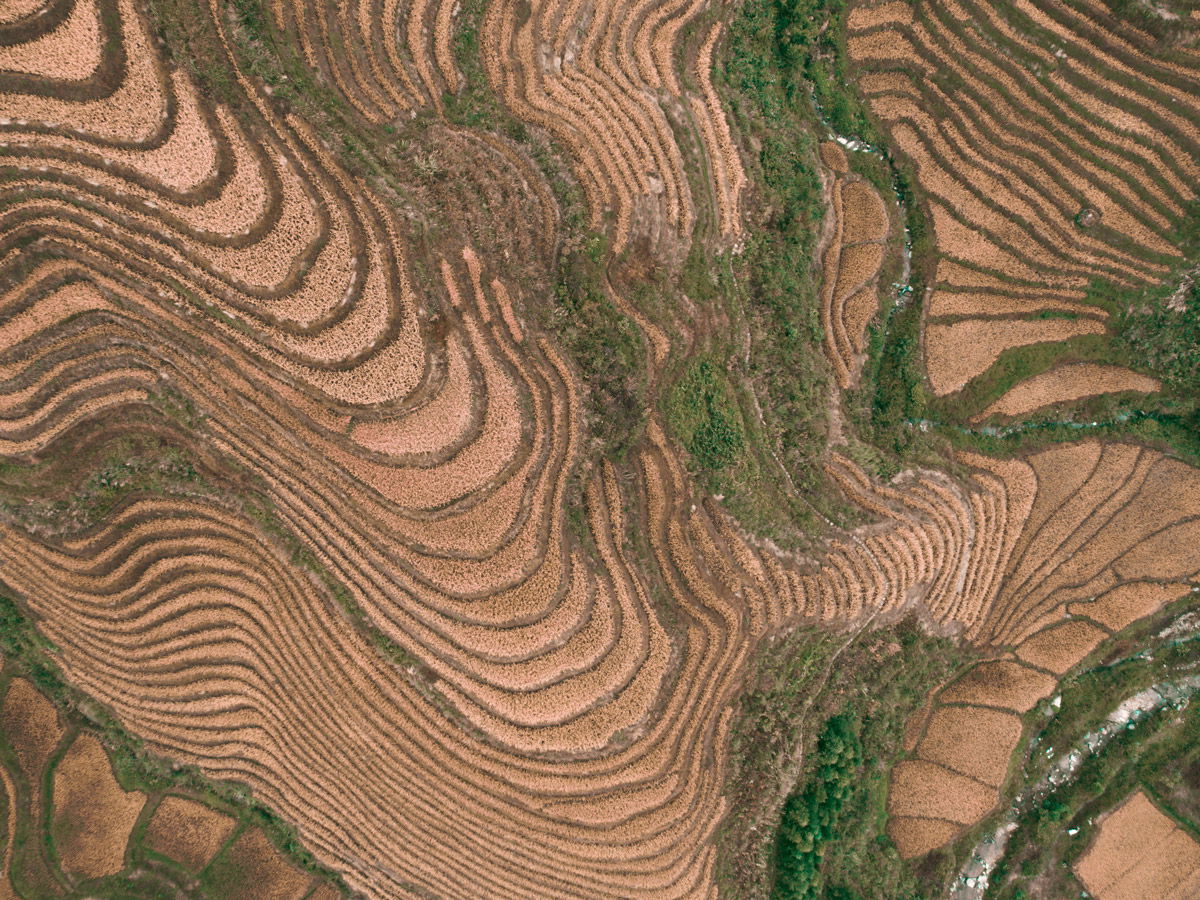
Aerial photography offers a unique perspective on the landscape. By capturing scenes from above, you can create abstract images that play with our understanding of the environment.
One way to find potential locations is by using Google Earth. This tool provides a top-down view of the Earth, allowing you to explore and gain inspiration. Keep in mind that factors like season and weather can change the landscape.
Drones are a great option for aerial photography due to their flexibility. They can fly close to uneven ground or just above the tree line, capturing dynamic images without the need for a dedicated runway.
You’ll find plenty of ideas and more about aerial landscape photography in our full-length article.

Abstract nature photography is a unique way to capture the world around us. By focusing on elements like line, texture, shape, and color, you can create images that speak to the senses.
One technique is to use intentional camera movement during a long exposure. This creates a painterly effect that emphasizes the photographer’s process as well as the quality of the subject. Another approach is to photograph reflections on water surfaces, taking advantage of the fluid nature of water to create surreal images.
Close-up or macro photography is also effective for abstract nature shots. By removing a sense of scale and relying on compositional elements, you can create images that draw the viewer in and make them aware of their own space within the photograph.
Take a look at our guide if you’d like to learn more about abstract nature photography.
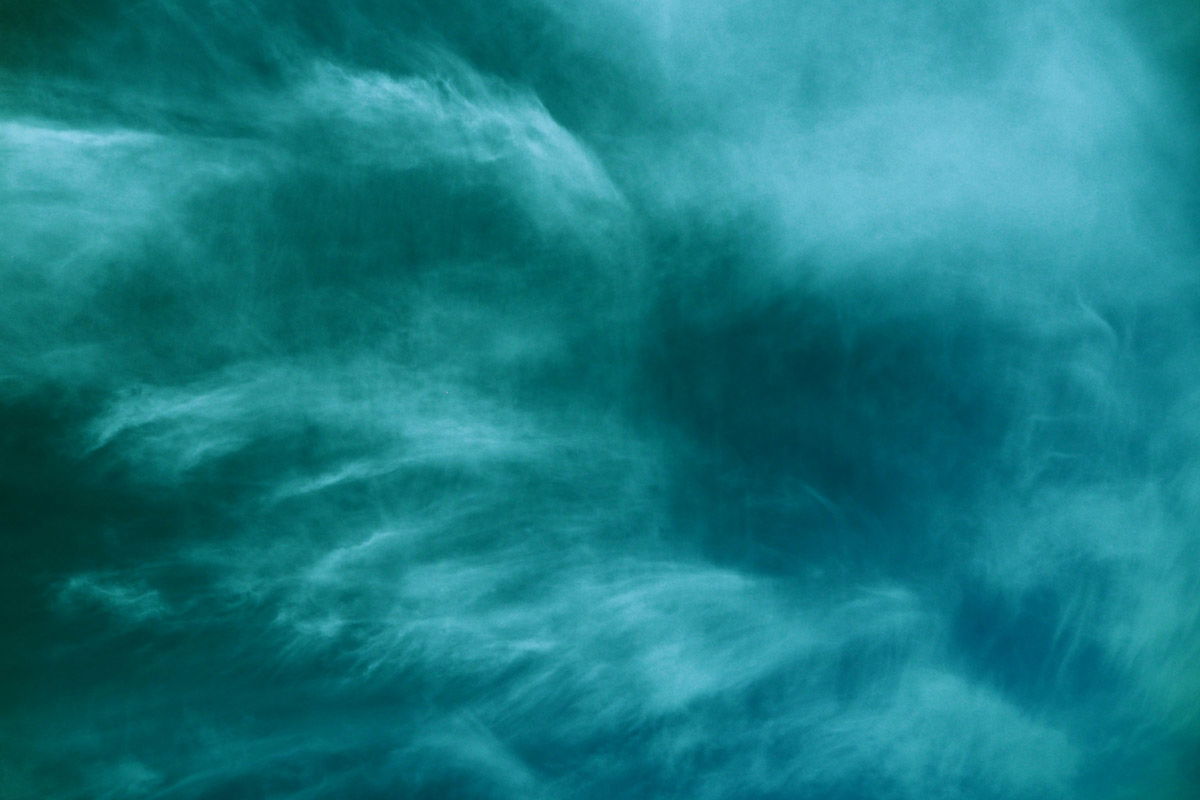
Abstract macro photography is a creative way to capture everyday objects in a unique and eye-catching manner. By focusing on patterns, colors, and textures, you can create stunning images that leave viewers captivated. To get started, try experimenting with different household items like fabric, glass, or even food.
Lighting is key in abstract macro photography. Use a flashlight or LED light to illuminate your subject from various angles, highlighting interesting details and casting shadows. You can also use colored gels to add a pop of color to your shots.
Composition is another important aspect to consider. Play around with different angles and perspectives to find the most visually appealing arrangement. Filling the frame with your subject can create a powerful impact.
For more tips and techniques on abstract macro photography, be sure to explore our in-depth guide.

Faceless portrait photography is a unique way to capture emotions and tell stories without relying on facial expressions. By focusing on other elements like hands, posture, and hair, you can create compelling images that stand out.
Faceless portraits allow you to explore many sub-genres of photography. Try outdoor shots for an anonymous street photography feel, underwater portraits emphasizing movement, or macro closeups of body parts. Experimenting with these styles can reignite your passion for photography and improve your skills across multiple genres simultaneously.
Without the distraction of faces, faceless portraits draw attention to subtle details like clothing textures and body language. They also encourage you to appreciate your surroundings and find creative opportunities in unexpected places. Faceless portrait photography is a powerful way to tell relatable stories, showcase your favorite things, and express yourself without worrying about face lighting or insecurities.
Check out our in-depth article for everything you need to know about faceless portrait photography.

Sometimes a picture can be made abstract by editing. And sometimes it might not be certain if the image is abstract or surreal. It doesn’t really matter as long as it serves the purpose of being an engaging, pleasing photograph.
Creating abstract portraits in Photoshop is a simple process. Start by opening your portrait and texture images in Photoshop. Adjust the texture layer’s blending mode to get the desired effect, such as Multiply, Screen, Overlay, or Soft Light.
Use adjustment layers like Curves or Levels to color-correct the textures and blend them seamlessly with the portrait. Convert the image to black and white if desired, or add a vintage or futuristic feel using color adjustments. Refine the composition by transforming, blurring, or masking textures as needed.
Sharpen specific details like eyes, hair, or skin using the High Pass filter to make them stand out. By experimenting with different textures and adjustments, you can create stunning and surreal abstract portraits that showcase your creativity and Photoshop skills.
Check out our full-length article for everything you need to know about making abstract portraits in Photoshop.
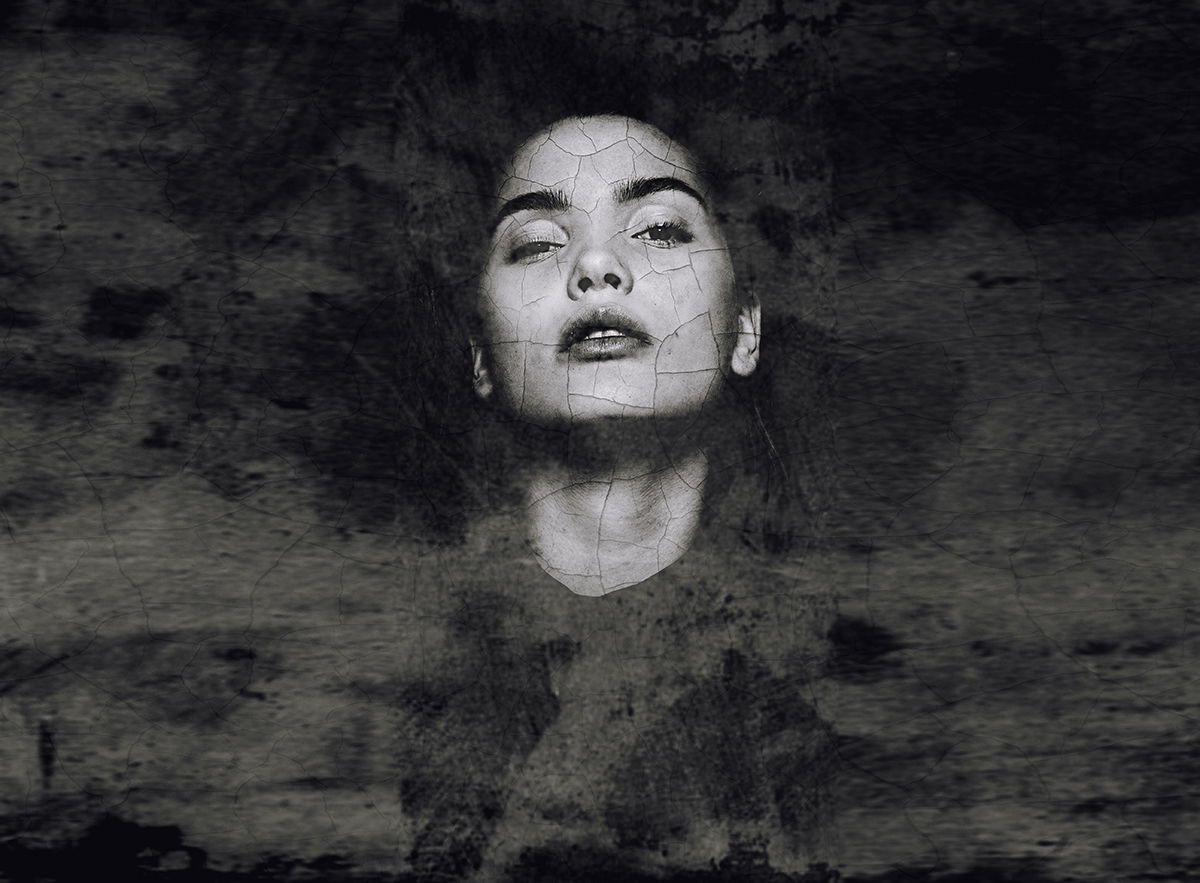
Surreal photography challenges admirers to change their perspectives and question their values. This unique genre has inspired photographers to recreate their wildest dreams, breaking the shackles of a stale imagination and redefining the possibilities of photography.
Surrealist photographers use various techniques to subvert the world we perceive as real. They employ forced perspective, double exposure, and post-production editing to create images that blur the lines between reality and fantasy.
Modern technology has opened up even more opportunities for creating surreal photographs. From underwater portraits to distorted landscapes, surreal photography continues to captivate and inspire. We have gathered together some examples of surreal photography examples and ideas for you to explore.
Be sure to check out our full list of great surreal photography examples.
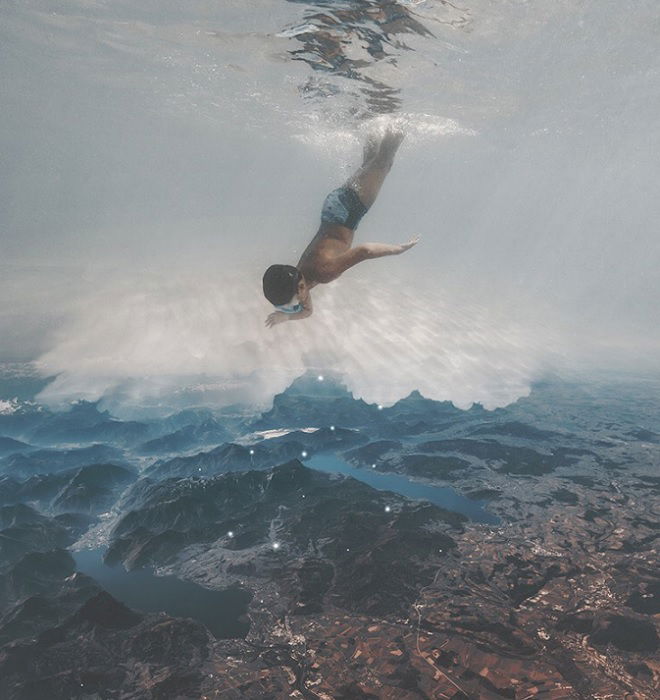
Kirlian photography, also known as aura photography, captures eerie images surrounded by vibrant light. Discovered in 1939 by Semyon and Valentina Kirlian, it involves using a photographic plate and a high-voltage source to create electric coronal discharges around an object. The air becomes electrically charged, surrounding the subject with an aura-like appearance.
While some claim Kirlian photography can help understand a person’s physical or mental state, there isn’t enough scientific evidence to support this. The paranormal side of Kirlian photography has led to controversy, with some believing the electricity intensifies the aura of a living being, while others attribute it to science.
Kirlian photography provides a unique opportunity to experiment with a new genre, featuring silhouettes and appealing colors. Whether you believe in auras or not, it showcases the importance of curiosity and innovation in photography.
Take a look at our full article if you’d like to learn more about Kirlian photography.
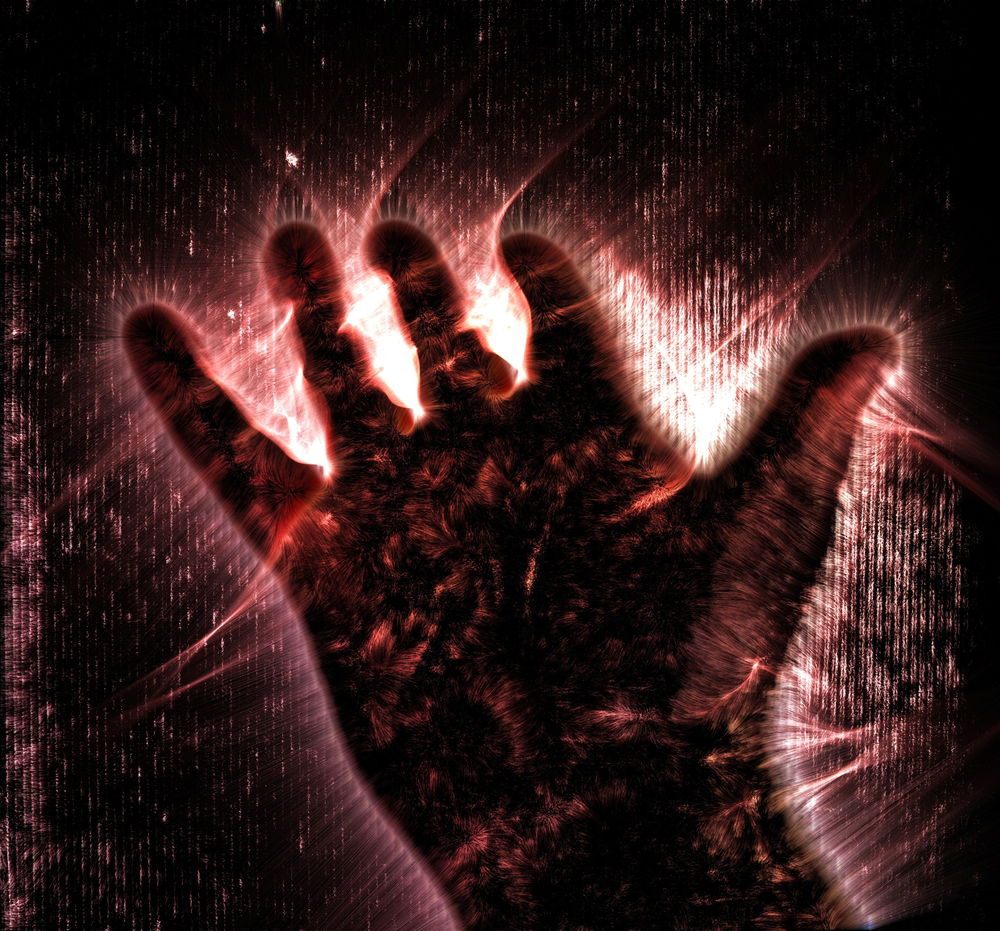
Abstract photography is a captivating genre that focuses on shape, form, color, texture, and light. These elements are the main focus of the image rather than a means to an end. The photographs often perplex and mesmerize viewers in equal measure.
One way to create abstract photos is by getting close to your subject. This reveals intricate details and generates a sense of intimacy. Architecture and industrial sites are also great subjects for abstract photography due to their variety of colors, shapes, and textures.
Experimenting with different techniques can yield interesting results. Introducing camera movement during a long exposure creates painterly effects. Using water as a reflective surface can reinforce or completely change the subject matter. Macro photography makes details shine and reveals complex, eye-catching scenes.
These examples of abstract photography demonstrate the limitless possibilities of this genre.
